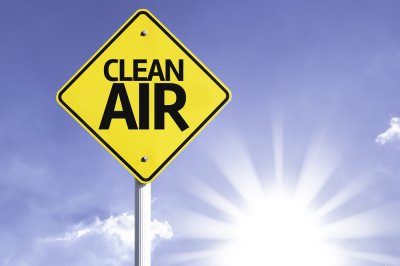Testing Compressed Air Contaminants

Regular testing and maintenance will ensure that your portable air compressor, medical compressor, or industrial air compressor in San Jose is in perfect working order. Compressed air contaminants can degrade your air compressor parts, and significantly affect your air compressor’s productivity and your product quality. Here is some information about compressed air contaminants, and tips for testing your air compressor, and determining if you need air compressor repair parts.
Learning About Common Air Compressor Contaminants
Comprehensive air compressor testing should identify all possible air compressor contaminants. There are ten possible contaminants that can affect your air compressor’s parts and necessitate air compressor repair. These must be completely removed from low-pressure or small air compressors that are utilized in manufacturing. Contaminant particles include particles from atmospheric dirt and pipe scale, as well as wear particles. Water and oil contaminants include vapor, liquids, and aerosol. Your medical air compressor or industrial air compressor is also susceptible to microorganism contaminants.
Standardizing Your Air Compressor Testing
It’s important to standardize your air compressor testing to maintain efficient, safe, and clean air compressors. Air compressor testing should be performed according to the standards set by the International Organization for Standardization, or the ISO. The ISO outlines these standards in ISO 8573-1, a document that can be found on the organization’s website. This document addresses the testing and monitoring of compressed air from portable air compressors, medical compressors, industrial air compressors, gas air compressors, electric air compressors, and rotary air compressors. It consists of nine sections that outline air compressor purity classes, contaminants, sampling methods, analytical techniques, testing methods, and purity standards.
Establishing a Monitoring Program
In addition to regularly testing your air compressor’s contaminant levels, you must also monitor the air used in the manufacturing process. This ensures that fewer contaminants have the ability to enter your industrial air compressor in the first place. You should diagram your air compressor parts and system, document air compressor maintenance and air compressor repair parts, and perform air quality testing in your facility over a period of time.
